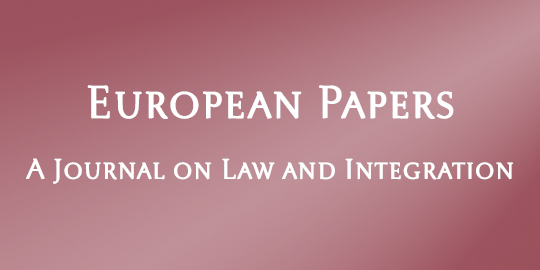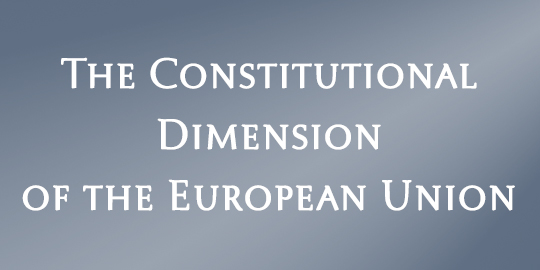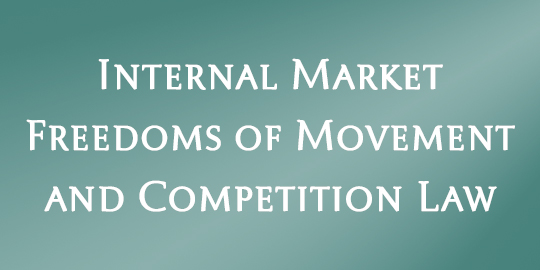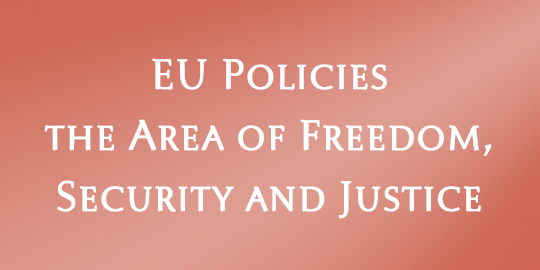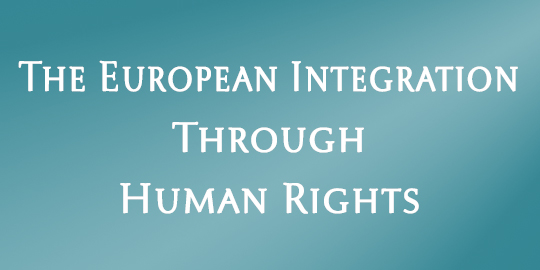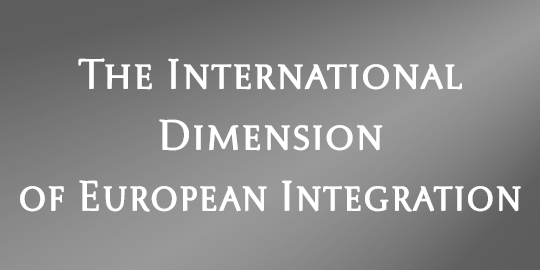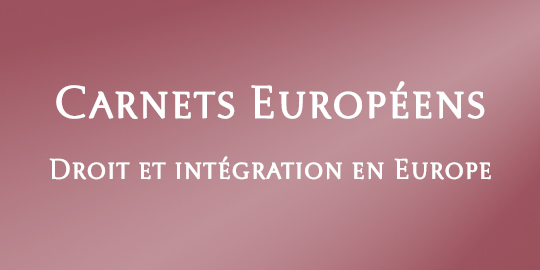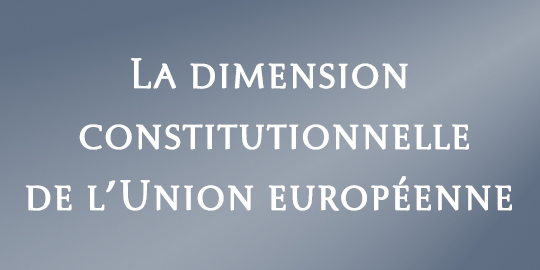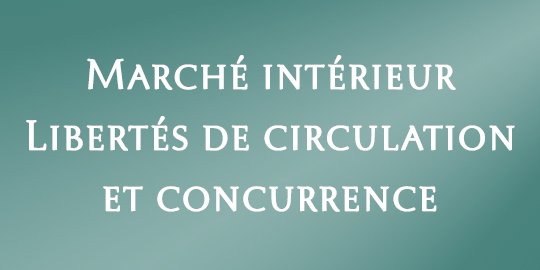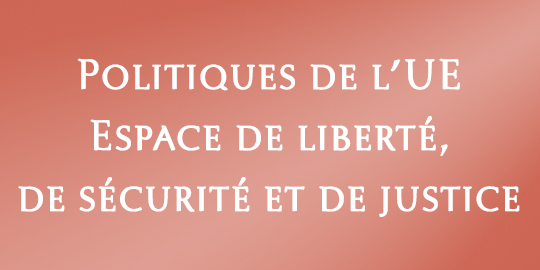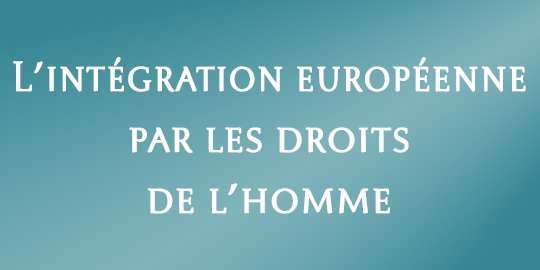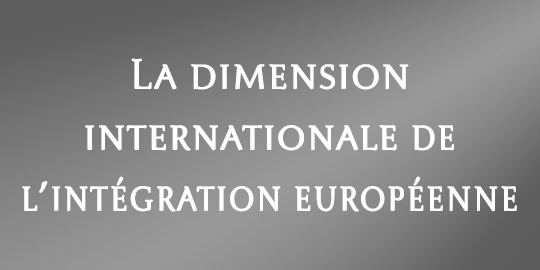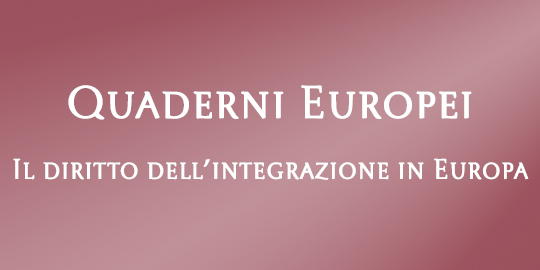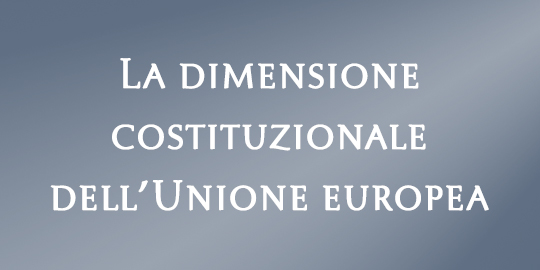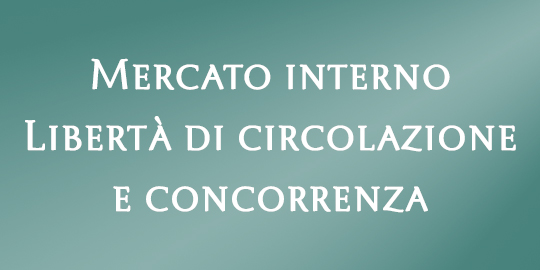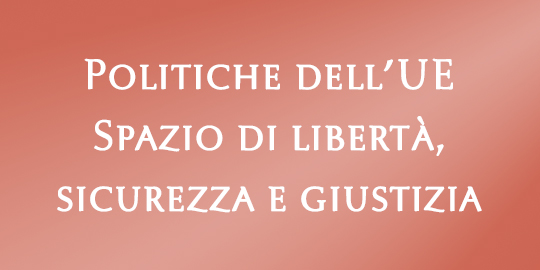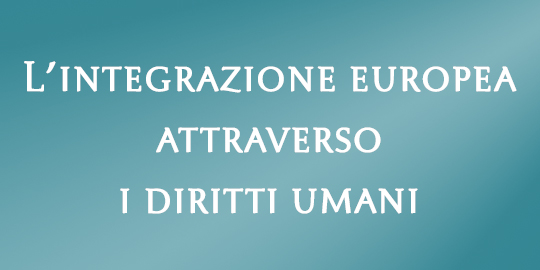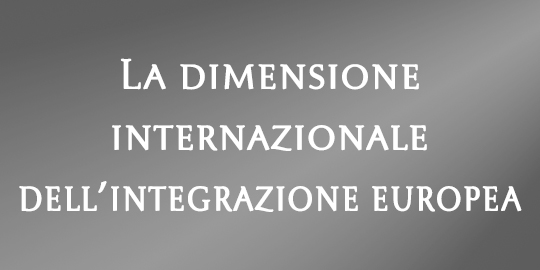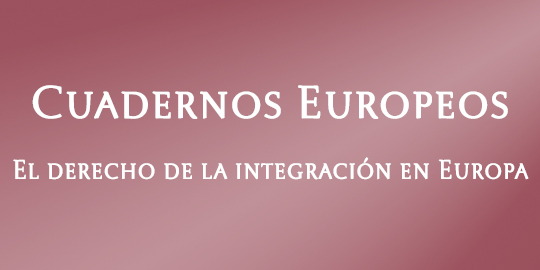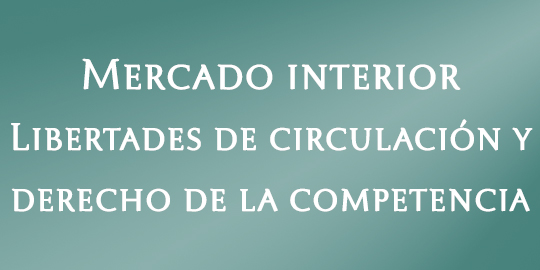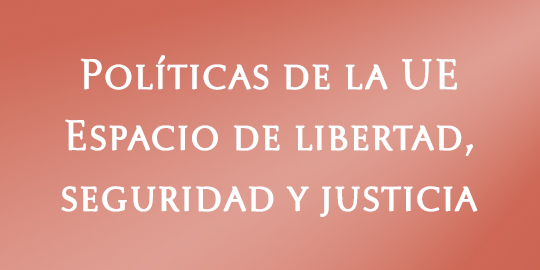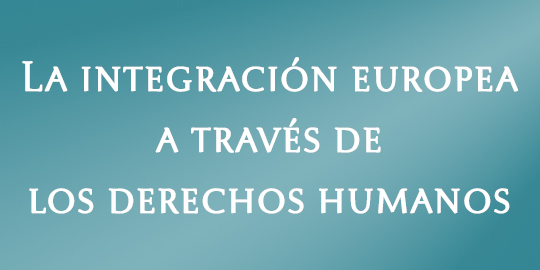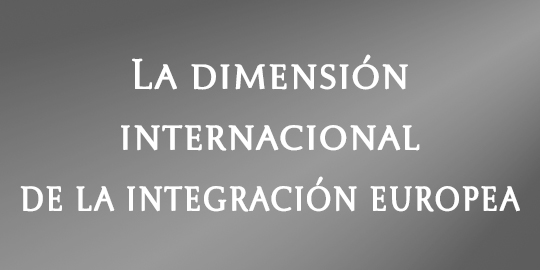- 1398 visualizzazioni
Assessing the Effectiveness of the European Social Charter: A Case Study on Dismissal Reforms
- 2287 visualizzazioni
Table of Contents: I. Introduction. – II. The Charter’s perspective on the right to protection in cases of termination of employment. – II.1. The scope and significance of art. 24 RevESC. – II.2. The interpretive approach of the European Committee of Social Rights. – III. The impact of the Charter on Italian and French courts’ dismissal decisions...
They Are not Enforceable, but States Must Respect Them: An Attempt to Explain the Legal Value of Decisions of the European Committee of Social Rights
- 1487 visualizzazioni
Table of Contents: I. Introduction. – II. A brief overview of the main features of human rights treaty bodies. – III. The legal value of pronouncements of human rights treaty bodies. – IV. The role of the European Committee of Social Rights in monitoring compliance with the European Social Charter. – IV.1. Reporting system. – IV.2. Collective...
The Horizontal Equality Clauses (Arts 8 & 10 TFEU) and Their Contribution to the Course of EU Equality Law: Still an Empty Vessel?
- 1674 visualizzazioni
Table of Contents: I. Introduction. – II. Individual horizontal clauses as an empty vessel. – II.1. Equality concerns incorporated in EU law-making before the horizontal clauses. – II.2. No autonomous function for horizontal equality clauses. – III. The contribution of horizontal clauses to the crossing. – III.1. An aid in the case-law of the ECJ...
The Inactive Integration Clause: Can Art. 12 TFEU Shape Future Sustainable Consumer Policies?
- 1640 visualizzazioni
Table of Contents: I. Introduction. – II. The development of European consumer protection policy. – III. The limits of art. 12 TFEU. – IV. Coordination between consumer and environmental policy: a new avenue to activate art. 12 TFEU? – IV.1. The 2020 Consumer agenda. – V. Conclusion.
Abstract: The...
Between Hope and Fear: The Creation of a More Inclusive EU Single Market Through Art. 9 TFEU
- 1911 visualizzazioni
Table of Contents: I. Introduction. – II. Different levels of social mainstreaming and EU law. – II.1. The relationship between the economic and social at EU level. – II.2. Art. 9 TFEU. – III. A story of hope (I): Art. 9 TFEU, EU competition law, and the Four Freedoms. – III.1. The “social exemption” for collective bargaining. – III.2. Social...
The Horizontal Clauses of Arts 8-13 TFEU Through the Lens of the Court of Justice
- 2011 visualizzazioni
Table of Contents: I. Introduction. – II. Arts 8-13 TFEU and other similar clauses of EU primary law. – III. The legal value of the horizontal clauses of arts 8-13 TFEU. – III.1. Horizontal clauses and legal obligations. – III.2. Horizontal clauses and the exercise of Union competences in the areas concerned. – III.3. Horizontal clauses and the...
With or Without EU: Differentiated Integration and the Politics of Post-Brexit EU-UK Security Collaboration
- 2305 visualizzazioni
Table of Contents: I. Introduction. – II. Post-Brexit security and defence cooperation as differentiated disintegration – III. Theresa May and the proposed “security partnership”. – IV. The trade and cooperation agreement and beyond. – V. The war in Ukraine: A game changer? – VI. Conclusion.
Abstract:...
Brexit, EU Financial Markets and Differentiated Integration
- 1632 visualizzazioni
Table of Contents: I. Introduction. – II. Differentiated law prior to Brexit. – III. Regime complexity and EU relations with non-Member States. – IV. The five worlds of financial market regulation. – IV.1. Securities and assets law and regulation. – IV.2. Banking law and regulation. – IV.3. Financial reporting law and regulation. – IV.4. Company law...
A Common Security and Defence Policy: Limits to Differentiated Integration in PESCO?
- 2315 visualizzazioni
Table of Contents: I. Introduction. – II. CSDP: Between a common and differentiated policy. – II.1. CSDP as a common policy of the EU. – II.2. Differentiated integration in CFSDP. – III. PESCO’s microcosm of differentiated integration. – III.1. The awakening of the “Sleeping Beauty”. – III.2. Participation in PESCO. – III.3. PESCO projects. – IV....

